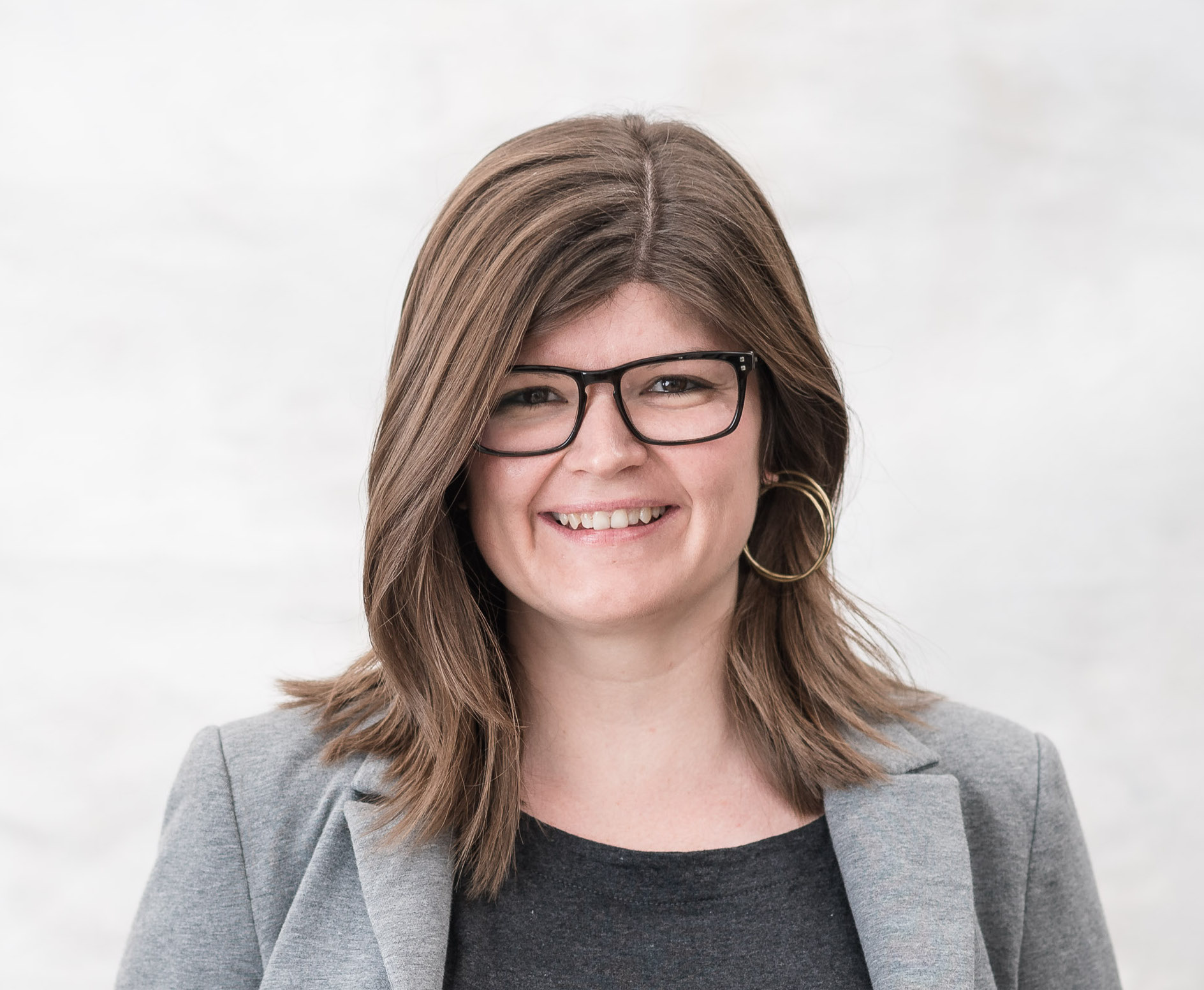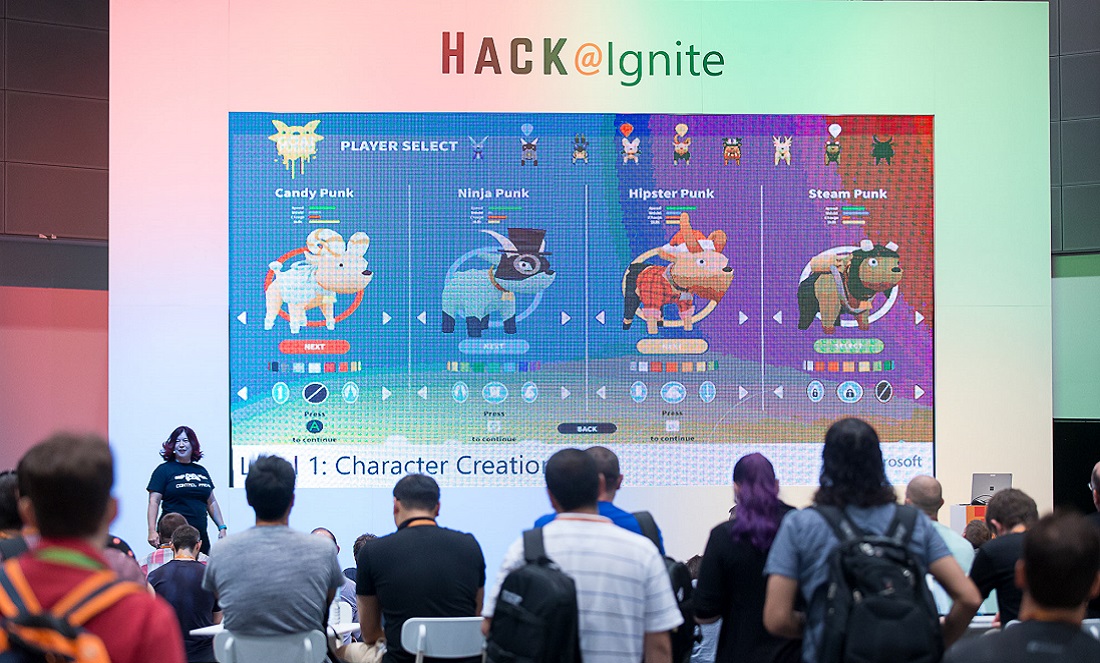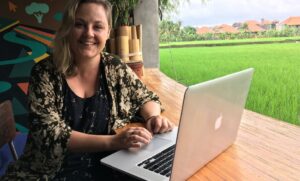Did you know that many of the early computer programmers were women and that it used to be considered ‘women’s work’?
Did you know the first ever coder was a woman named Ada Lovelace? Or about the fact that women were responsible for much of the groundwork that got us into space?
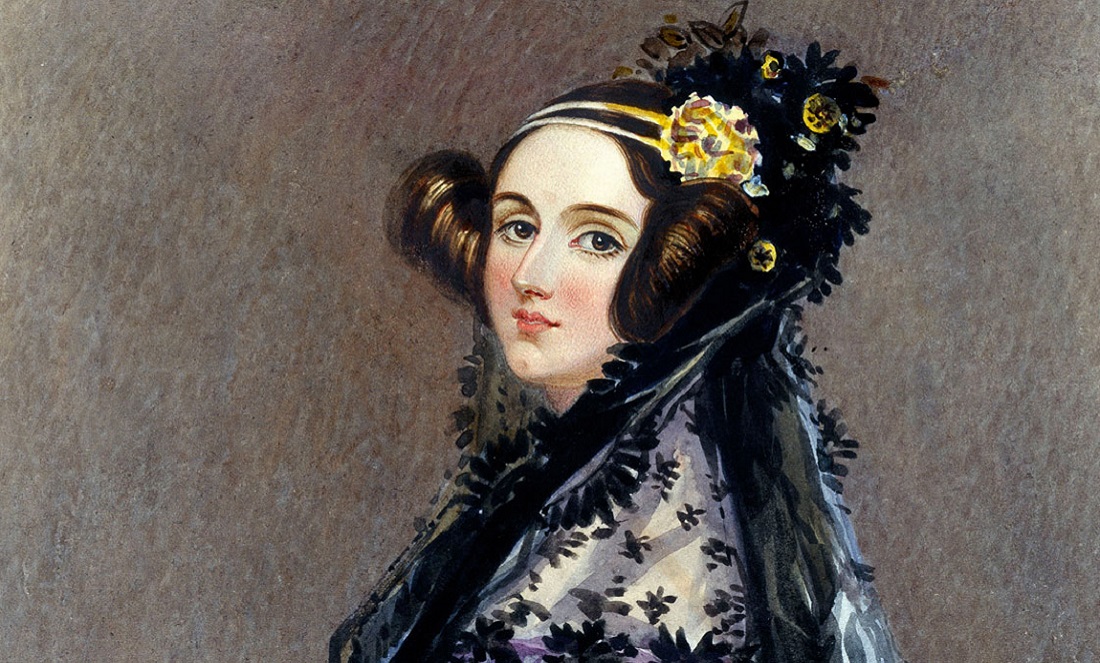
So, it’s a bit of an understatement then to say that women’s involvement and contributions to maths, science and technology have been continually underplayed.
That’s one of the many reasons why women working in tech collectively banged their heads on their desks when an anti-diversity manifesto circulating internally at Google went public.
The manifesto, written by now ex-Google employee James Damore, presents itself as a level-headed, objective critique of diversity initiatives. This false objectivity is what makes the piece so dangerous. In reality, the piece makes a number of factually unsupported claims arguing that women are biologically less able to work in technology than men.
Not only have these sorts of claims already been debunked as bad science, the fact that many of the early pioneers of computer science were women also suggests otherwise.
And then there’s the fact that, just like the early pioneers, the contributions of today’s women in tech are also largely unsung.
Until this weekend.
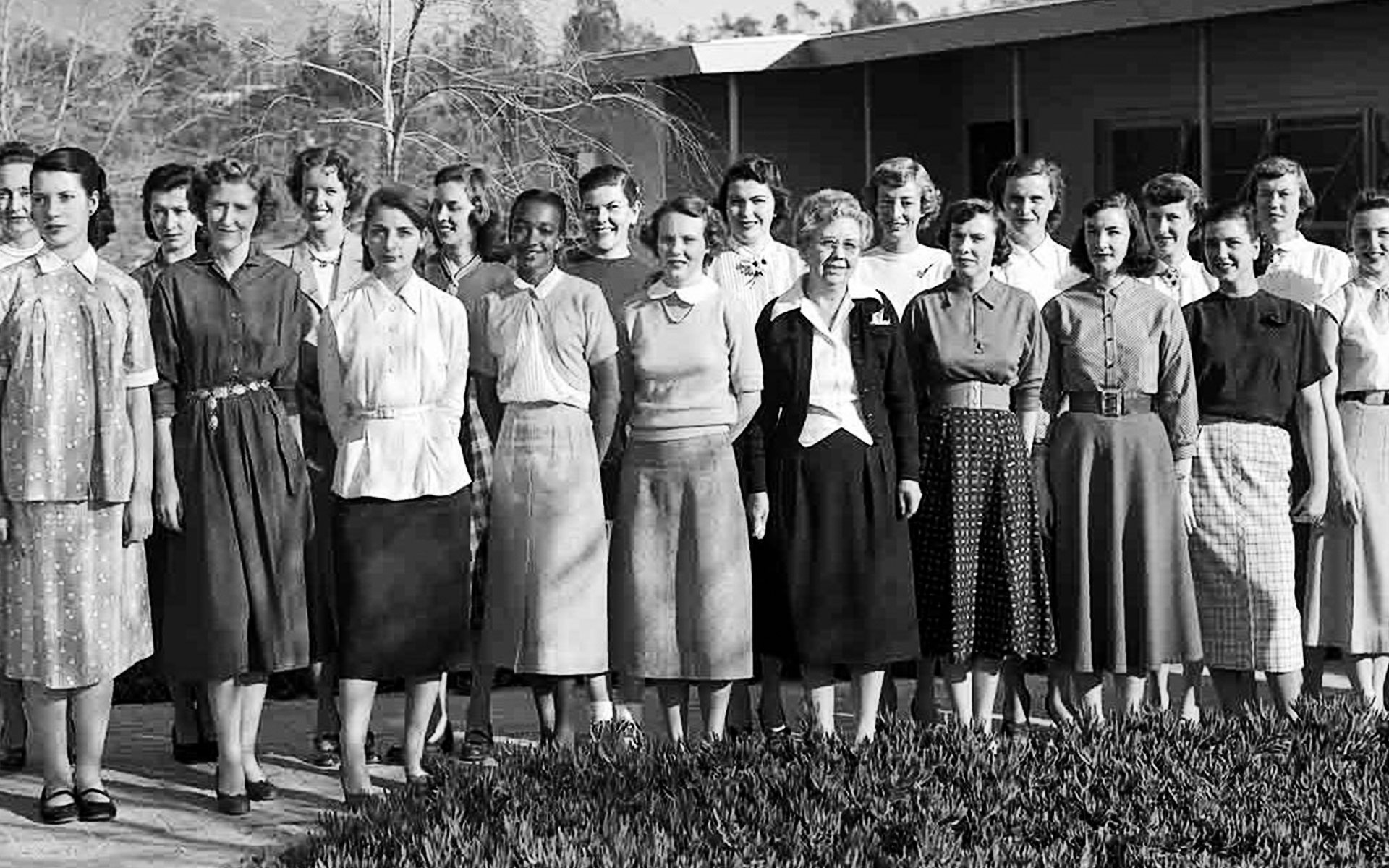
Step in Alice Goldfuss, self-described ‘business goth’ and a Site Reliability Engineer at Github.
Largely in response to the ridiculousness of the Google manifest, Alice created #WITBragDay, which is perhaps my favourite Twitter hashtag of all time. The hashtag, for women in tech to share their wins, blew up on Friday and was even trending in the US, where Alice is based.
Women were sharing stories about teaching themselves to code, creating their first applications all while being pregnant, having credits on four major video games and designing spacecraft, launching rockets and welding in zero gravity.
Every time you write email in Gmail, you are using my code. I wrote it 10+ years ago as my first"real" job, not replaced yet. #WITBragDay
— Julie Parent (@jewree) August 12, 2017
#WITBragDay Changed my career to tech, taught myself code, got hired & built my 1st application while 6 mos pregnant all at 30-31 years old
— Tia Jones (@SheSharpDev) August 12, 2017
I have credits on 4 AAA video games @GearsofWar 2 & 3 and @Halo 4 & 5. #WITBragDay
— Caitie McCaffrey (@caitie) August 11, 2017
Designed human-rated #spacecraft, flew simulators, launched rockets, welded in 0g, received 2013 Women in #Space #Science Award #WITBragDay
— Amber Gell (@Amstronaut) August 12, 2017
Over email, I asked Alice what had inspired her to create #WITBragDay:
After a week of feeling lonely and defeated about being a woman in tech, I had dinner with another woman in the industry. I decided to get pancakes for dinner, inspired by Lara Hogan’s Donut Manifesto. This combination (pancakes and another woman in tech) emboldened me. Basically, I was sick of watching my friends being broken down and harassed by sexists online, I was sick of watching new women in tech question their career choices, and I was sick of being distracted by the opinions of mediocre men. I decided we all needed pancakes (or donuts) and to find each other again.
Over the weekend, #WITBragDay spread globally, with a number of WA-based women in tech jumping in to share their brags and amplify the work of other women.
One of them was Ming Johanson, who runs the Perth-based social media consultancy OTOTGo.
For Ming, the hashtag “demonstrates how amazing the internet can be … people rise up to show how truly amazing, diverse and capable we are”.
Ming’s favourite brag is:
https://twitter.com/maxisnow/status/896085707965452288
Also tweeting to the hashtag was Michelle Sandford, Perth-based tech evangelist at Microsoft.
“I think it was amazing to see some of the tremendous achievements of women in my field,” she told me. “What an inspiration.”
Michelle’s favourite brag:
https://twitter.com/sw/status/896179447115554817
Alice had a similar response when I asked her how she felt about #WITBragDay:
My true surprise was at the accomplishments of women I follow, even my friends! I had no idea how amazing they were. Even as friends and colleagues, we had never “bragged” about our work. I hope this hashtag helps women refocus on their work in tech and get hired at even more awesome jobs.
I think it will.


